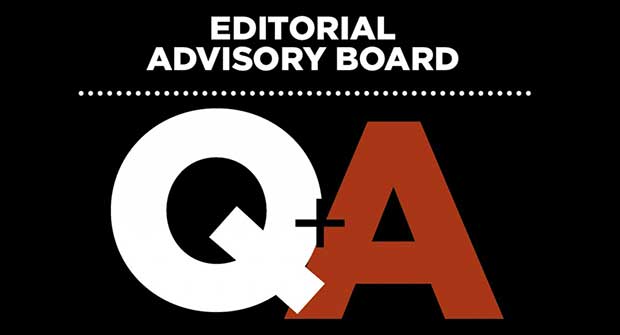Too often leadership is discussed in vague, expansive terms that fail to translate into actions. There are specific activities that only leaders are positioned to do. These activities are not urgent — they’re not calling you up or sending you email reminders — but they’re important.
In fact, leaders who fail to engage in these activities are failing to do their part for the business. The activities are simple, but they’re not easy.
Culture
In competitive industries, culture is the differentiator, more so than quality and more so than price.
We might like to believe that quality differentiates us; however, where many of us may give certain landscapes an A-plus and others a C-minus, most of our clients do not perceive much of a difference. We can differentiate on price, but who wants to be the cheapest? Being cheap seldom translates to market dominance.
But teams operating in strong cultures tend to treat customers right, get things done, communicate well, have fun, respect one another and achieve results.
Culture is leadership’s responsibility. Culture is established through articulation and fidelity to values, as well as the level of standards, accountability, honesty and professionalism.
Noble values, high standards, clear and fair accountability, and the regular practice of truth-telling will drive a stronger culture than the opposite. Canned or ignored values, low standards, unclear accountability and low levels of truth-telling lead to mediocracy at best.
We all know this. It’s the executive’s job, the leader, to live it.
Vision
Organizations must have some sense of direction and destination.
“To be the best business in our market” is aspirational, but it is so non-specific that it is not meaningful. “To be a $12 million business by a certain date, operating with two branches in the commercial landscape maintenance business with a 45 percent enhancement penetration rate and an overall gross margin of 50 percent” is specific. It’s time-bound and measurable.
Leadership can draft this vision with input from his or her team, but it’s the leader who must set the meeting, approve the destination and create accountability for the waypoints.
Strategy
The business requires resources to achieve its vision. Money, expertise, equipment, facilities and capabilities will all be required. How much? When? In what sequence? These are questions on leadership’s plate.
Structure
All businesses need a winning team to execute. One of the key activities of leadership is to recruit, place and develop talent. There’s a lot to be done, and it must be done well.
The A-plus players are a reflection of leadership, but the same is true for the C-minus players.
Financial management
Too many businesses in our industry stumble because leaders don’t have clear insight into the financials. Leadership must understand budgeting and financial reporting, particularly the story told by the profit-and-loss report.
A lack of financial literacy by leadership is unacceptable. No one can run a household without understanding the money. Businesses are only different in scale.
Process management
Businesses must develop workflows.
The sales workflow starts with an opportunity and ends with closing out or renewing a job. In between are scope development, estimating, proposal writing, closing the sales, and performing and managing the work. The HR workflow starts with recruiting candidates and ends with high-performing professionals. In between are proper on-boarding, training, accountability and professional development.
It’s management’s job to execute on the workflows. It’s leadership’s job to ensure the workflows are established, documented, trained and complied with.
Organizational Development
Things change, and businesses grow. Are the company’s processes being improved upon, or are they stagnant or forgotten? Are people growing and being challenged, or are they being ignored and becoming disengaged?
Developing an organization requires all the steps above. As the leader, it’s important to limit the time and attention you give to activities outside of these. You’re the one in the organization who can most effectively execute on these things. Get to it, have fun and lead well.


